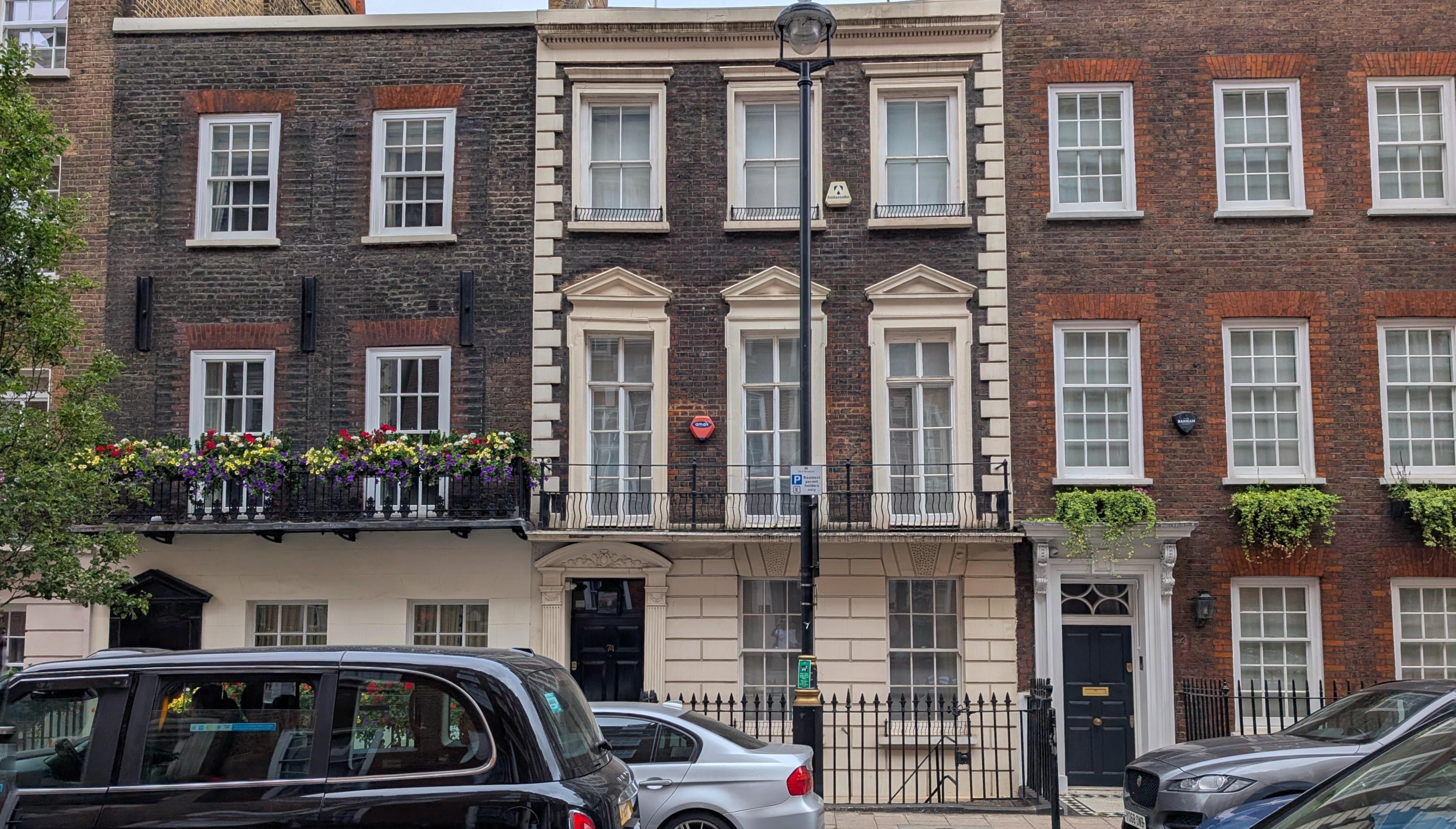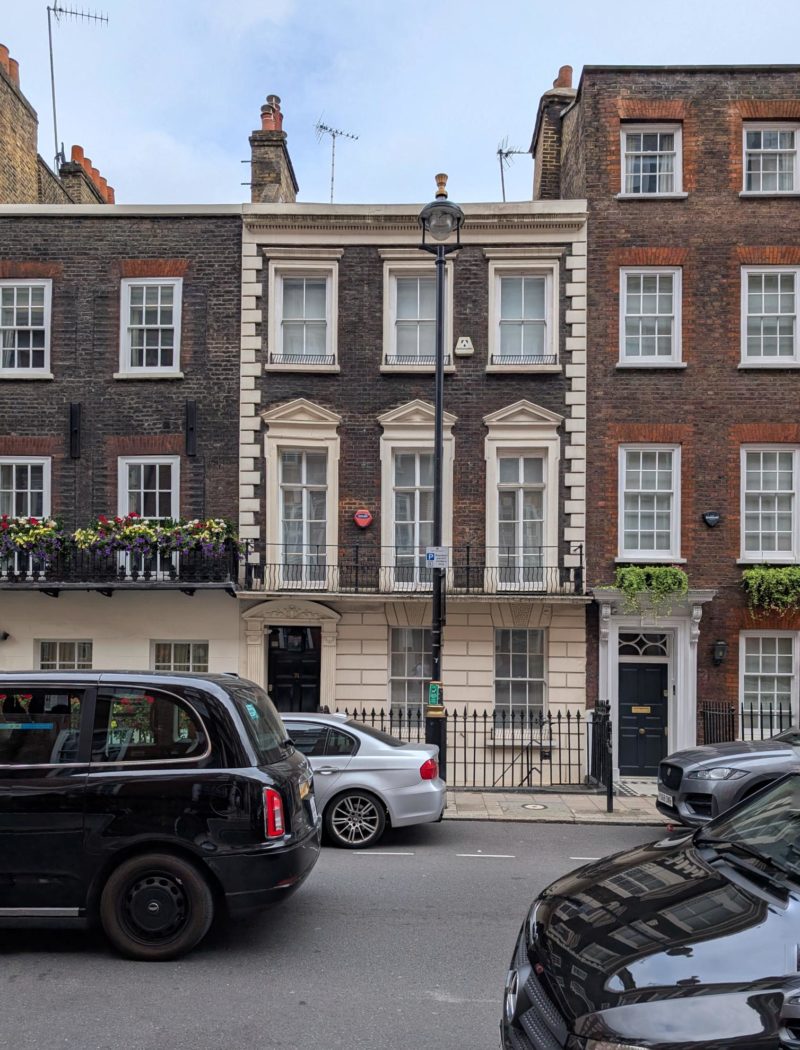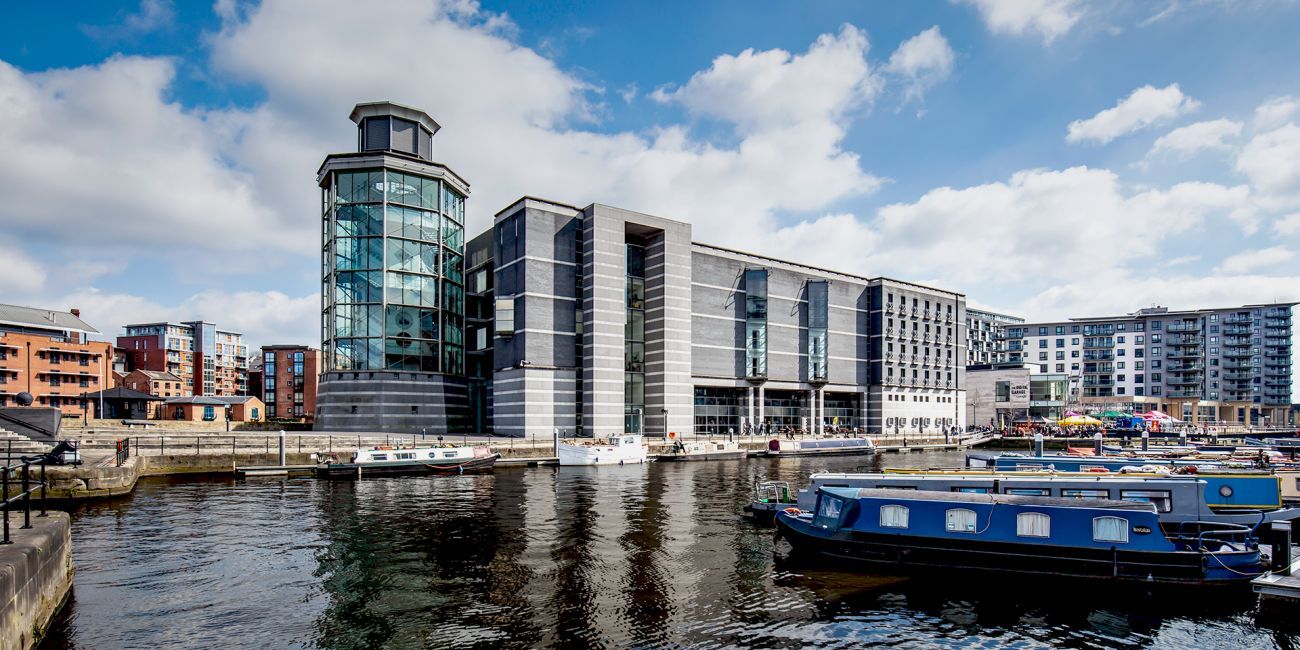
No Time Limit, No Excuses: The Lifelong Risks of Unauthorised Works to Listed Properties
A costly enforcement case proves that listed building breaches don’t fade with time – and that due diligence and expert support are critical for heritage owners.
You never have to look too hard in the media to find a topical news story concerning unauthorised works to a heritage asset, and one recent case in London’s West End caught our attention.
This story saw Westminster City Council successfully take enforcement action against the owner of a Grade II listed 18th century house, who had carried out significant alterations without gaining Listed Building Consent.
The works were deemed to have caused harm to the special architectural and historic interest of the Grade II listed building, and included the removal of original historic fabric such as fireplaces and timber panelling, as well as major structural works in the form of the creation of a sub-basement beneath the property.
Two parts of this case are worth drawing out:
- The first is the duration of time it took from when the works were first carried out to when the enforcement proceedings were eventually resolved – approximately 15 years from start to finish.
- The second is the huge financial penalties involved, both in respect of the likely sums to rectify the unauthorised works, and also due to the council successfully arguing for their legal costs to be covered by the property owner.
The timeframe
The works were first proposed in 2010 but were refused by both the Council and subsequently the Planning Inspectorate at appeal. Nonetheless, the owner undertook the works at their own risk.
It took c. ten years before the unauthorised works were discovered by the Council, and a further five years for the enforcement proceedings to reach a conclusion. The owner may have assumed that given the time that had passed they were in the clear.
Not so. This case perfectly highlights that there is no statute of limitations on enforcement action against offences relating to listed buildings. The long arm of the planning enforcement law may be slow to act sometimes, but any unauthorised works to a listed building can always be enforced against, regardless of how long they have been in-situ or have gone undetected.
What’s more, this liability remains with the building even if it changes ownership, highlighting the need to fully understand the implications of buying a listed building and all that comes with it.
The costs
The owner now faces a huge bill to restore the listed building to its pre-existing condition within 12 months, that’ll likely run into the hundreds of thousands of pounds, taking into account the major works at sub-basement level. They will also have to cover at least part of the council’s legal costs, which in itself are likely to be substantial.
The alternative
This could all have been avoided by ensuring that the correct permissions were in place before works took place. Each listed building is unique and will come with different opportunities, challenges and nuances. Securing Listed Building Consent and understanding what alterations are likely to be acceptable can be complex, but with expert guidance it becomes entirely manageable. A trusted heritage consultant will be able to guide you through the planning process and ensure you don’t fall foul of the law.
At Smith Jenkins, our experienced heritage team works with listed building owners across the country, helping them to unlock the potential of their buildings. Whether you’re assessing a property’s planning history before purchase or planning alterations, we can provide clear, practical advice; helping to secure the necessary consents, eliminating the risk of future unexpected enforcement action and costly remediation works.
Key Takeaways
- Listed buildings are protected by law, and any alterations, internal or external, may require Listed Building Consent;
- Unauthorised works can result in enforcement action regardless of how much time has passed since the works were completed;
- Enforcement liability remains with the property, even if ownership changes.
- Financial risks can include significant restoration costs and liability for legal expenses;
- Early professional advice can prevent breaches and help ensure proposed works are well informed and maintain the special interest of the listed building.
Links
- 74 Park Street Mayfair List entry – https://historicengland.org.uk/listing/the-list/list-entry/1226262?section=official-list-entry
- 74 Park Street, Mayfair Enforcement Notice can be found here – https://www.westminster.gov.uk/news/mayfair-resident-ordered-restore-18th-century-home-after-unlawful-basement-workshttps://idoxpa.westminster.gov.uk/online-applications/files/14EF7EDB2132AF077495790E0D0002C4/pdf/11_47806_P–7704735.pdf



